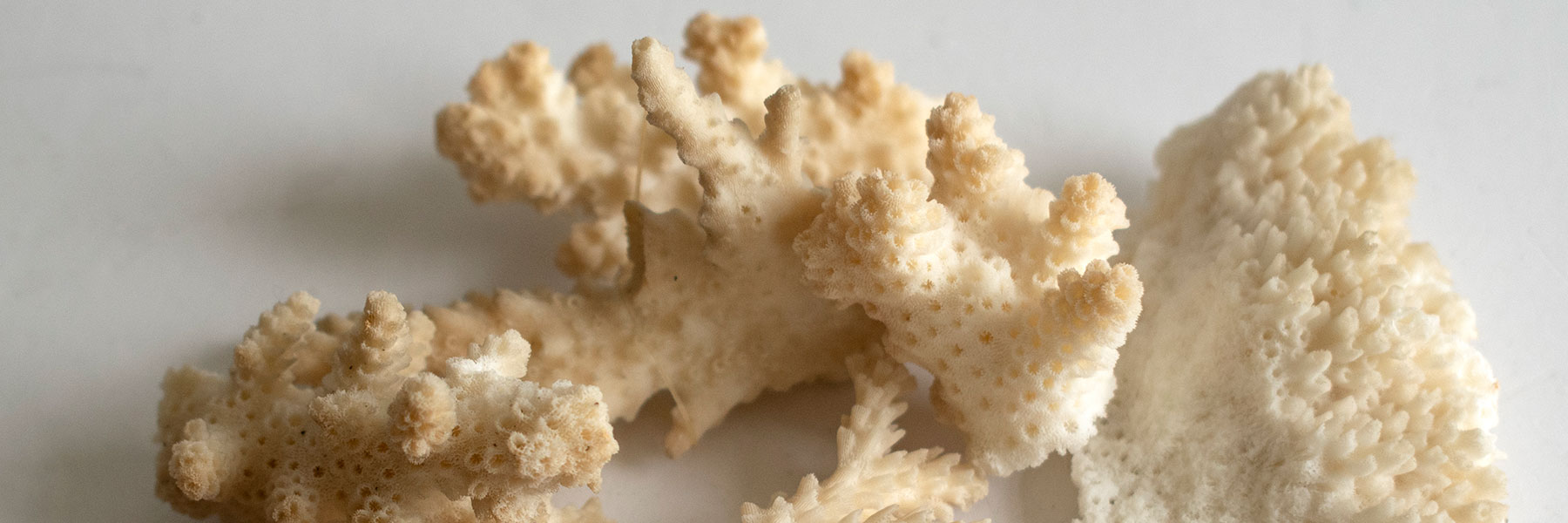Research
CBRC encourages students and faculty from the State of Indiana, and researchers from across the world, to use the specimens in the IU Paleontology Collection and to engage now with our digital databases.
Our collections are here to encourage and facilitate inquiry-based science and to push the boundaries of understanding to reveal Earth’s biological evolution. Our active research efforts serve to promote long-term preservation and stewardship of natural history specimens and associated metadata.
Here we introduce research projects from our CBRC graduate and undergraduate students. We feature our IUPC collections of conulariids, rugose corals, scleractinian corals, and sharks. For each featured collection we include the name and natural history of the group, photos and videos of specimens featured in our IU Paleontology Collection, a condensed spreadsheet of the IUPC holding of the groups, and for most, a map of the State of Indiana highlighting localities of the specimens.


